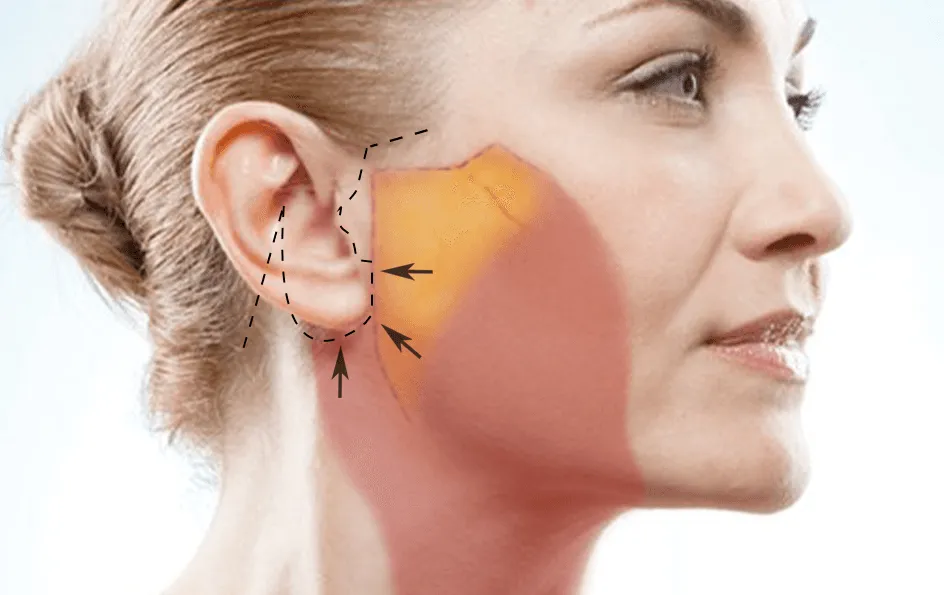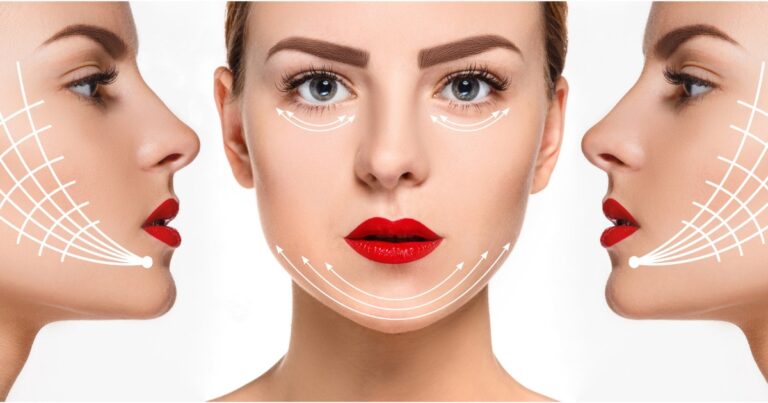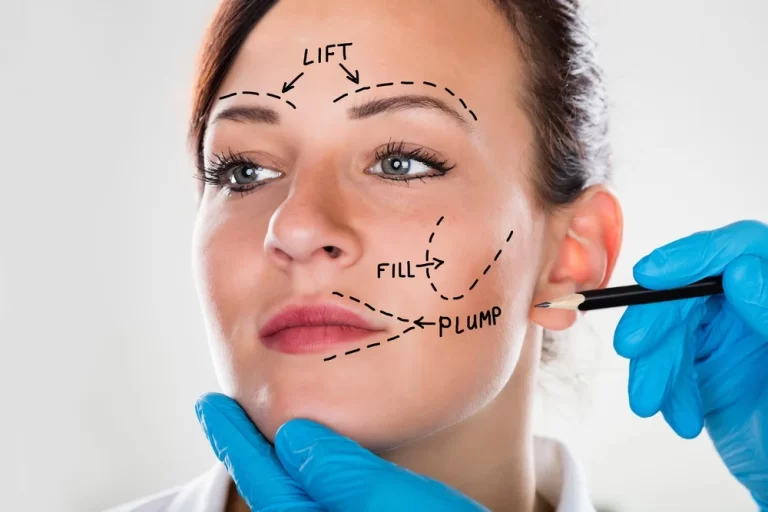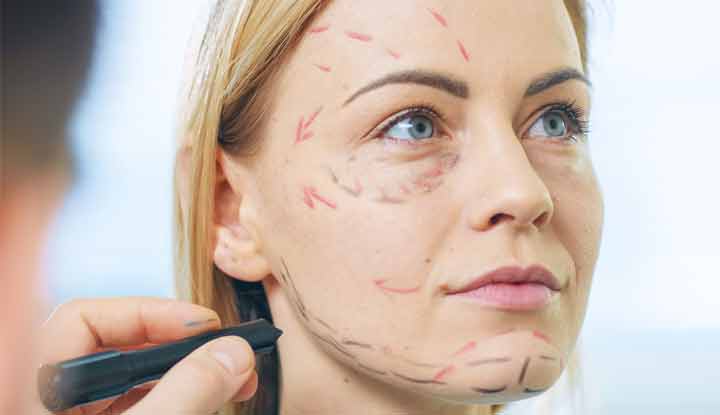Introduction
Facelift surgery, a procedure to reduce visible signs of aging, has become increasingly popular for those seeking a more youthful appearance. However, an essential aspect often overlooked is the potential for scarring. Understanding these scars is crucial for anyone considering this transformative journey.
Facelift Surgery Scars: An Overview
Facelift surgery scars are the marks left behind after the surgical incisions heal. These scars vary depending on the specific facelift technique used.
Types of Scars Associated with Facelift Procedures
- Hypertrophic scars: Raised and red scars that may become prominent.
- Atrophic scars: Depressed scars that can appear as indentations in the skin.
- Hyperpigmented scars: Scars that are darker than the surrounding skin.
Types of Facelift Surgery Scars
| Facelift Type | Scar Location | Description |
| SMAS Facelift | Around the ears and hairline | Incisions made in the skin to tighten underlying muscles and remove excess skin |
| Deep Plane Facelift | Similar to SMAS, possibly deeper | Involves repositioning of muscles and fat as well as skin removal |
| Short Scar Facelift | In front of the ear | Limited incision for less invasive tightening and lifting |
The Facelift Procedure and Scarring
The facelift procedure involves making incisions, typically around the hairline and ears, to tighten and remove excess skin.
Common Incision Techniques and Their Impact on Scarring
- Traditional incisions: Often result in scars along the hairline and behind the ears.
- Limited incisions: May lead to less noticeable scarring due to smaller cuts.
- Endoscopic facelift: Involves minimal incisions and potentially less scarring.
Initial Appearance of Scars and Normal Healing Processes
- Week 1: Scars are most noticeable and may feel tight.
- Week 2-4: Redness starts to fade, and scars begin to flatten.
Types of Facelift Scars
Facelift scars differ based on the surgical technique used.
SMAS Facelift Scars
- Located in the hairline and extend around the ears.
- Can be camouflaged within the hairline and natural skin creases.
Deep Plane Facelift Scars
- Similar to SMAS scars but may extend deeper.
- Require meticulous surgical technique for discreet healing.
Short Scar Facelift Scars
- Shorter scars that are limited to the area around the ear.
- Ideal for patients with less skin laxity.
Minimizing the Appearance of Facelift Scars
Proper scar care is essential for minimizing their appearance post-surgery.
Book A Consultation With Dr Tarek Bayazid
Installment Plan Available
Best Practices for Scar Care Post-Surgery
- Keep the incision site clean and dry.
- Apply prescribed scar treatment creams or silicone sheets.
- Avoid sun exposure to prevent hyperpigmentation.
Professional Treatments for Scar Minimization
- Laser therapy to reduce redness and improve texture.
- Steroid injections for hypertrophic scars.
- Microneedling to stimulate collagen and improve scar appearance.
Facelift Recovery Timeline and Scar Healing
The healing process is gradual, with scars maturing and becoming less noticeable over time.
Week 1 to 4: The Critical Healing Phase
- Close monitoring of incisions for any signs of infection.
- Gentle care to avoid stress on the healing scars.
Week 5 to 12: Observing Scar Maturation and Fading
- Scars start to lighten in color and flatten.
- Continued use of scar treatments as recommended by the surgeon.
Longevity of Facelift Results and Scarring
Facelift results can last for many years, and scars typically continue to improve and become less visible over time.
The Evolution of Facelift Scars Over Time
- First year: Most significant improvements in scar appearance.
- Following years: Scars soften and pigment gradually normalizes.
Scar Revision Techniques
For scars that do not heal as expected, revision techniques are available. Understanding Facelift Procedure Duration means learning how long it takes for a doctor to make your face look younger and smoother. It’s like knowing the time it takes to bake a cake!
Overview of Scar Revision Options
- Surgical revision to remove or reposition the scar.
- Dermal fillers to elevate atrophic scars.
When to Consider Scar Revision After a Facelift
- If scars are prominent or cause discomfort after one year.
- If the patient is dissatisfied with the aesthetic outcome.
Choosing the Right Facelift Technique with Dr. Tarek
Dr. Tarek carefully evaluates each patient to determine the most appropriate facelift technique to minimize scarring.
Factors to Consider for the Best Facelift Approach
- Skin quality and elasticity.
- Individual anatomy and facial structure.
- Patient’s aesthetic goals and expectations.
How Dr. Tarek Personalizes Facelift Procedures to Minimize Scarring
- Utilizes advanced incision techniques.
- Employs meticulous surgical methods to ensure minimal tension on the skin.





